The Neon Tetra is a common species of freshwater fish. In the wild, this fish lives primarily in the Amazon River Basin in South America. However, you can find this brightly-colored fish virtually worldwide, as humans like to keep it as a pet in home aquariums. Read on to learn about the Neon Tetra.
Description of the Neon Tetra
People like to keep this species in home aquariums primarily due to its bright coloration. The scales on its back have a dark blue hue, while their sides and underbellies have silver scales. It also has two iridescent stripes running along its flanks, one blue and one red.
This species is quite small, with most adults averaging a little over an long. Females are not longer than males, but they do have larger abdomens.
Interesting Facts About the Neon Tetra
These bright little fish have several unique traits and adaptations. Learn what makes this species so interesting, below.
- Bright Coloration – Those iridescent stripes and bright colors aren’t for nothing! The waters that this species inhabits are murky and dark. Iridescent stripes help the fish find one another easily.
- Blackwater – In fact, the waters that they live in aren’t just murky because of mud or silt. These fish prefer blackwater habitats. Blackwater ecosystems have acidic water with lots of vegetation. The vegetation decays, and makes the water dark colored, like tea.
- Popular Pet – This fish is one of the most popular species in freshwater aquariums. People import a whopping 1.8 million of these fish into the United States for this purpose every year!
- Imported Fish – Though they naturally live in South America, most of the fish in U.S. aquariums do not come from the Amazon. Instead, people breed them in Asia, and we import the fish from there.
Habitat of the Neon Tetra
In the wild, these fish live primarily in small streams and tributaries. They occupy only freshwater ecosystems, and prefer warm acidic waters. You can find them in murky blackwater habitats, as well as clear streams. Generally, they do not range into faster moving water bodies.
Distribution of the Neon Tetra
In their natural range, you can find this fish throughout portions of the Amazon Basin in South America. They live in Brazil, Colombia, and Peru. However, humans across the world keep these fish as pets in home aquariums. In fact, people import the majority of these fish from Asia for the pet trade.
Diet of the Neon Tetra
This species is omnivorous, which means that it feeds on both plant and animal matter. Given its small size, its diet is quite restrictive. In the wild, it typically feeds on microorganisms, algae, and floating detritus in the water. However, in home aquariums it eats commercially produced fish food.
Neon Tetra and Human Interaction
Humans interact with this fish species quite frequently, but not in its natural habitats. People keep this fish as a pet, and most of these pets do not come from the wild populations. The pets we keep in home aquariums come from breeding facilities in Asia. The IUCN has not evaluated this species.
Domestication
Humans have not domesticated this species.
Does the Neon Tetra Make a Good Pet
Yes, this little fish does make a good pet. However, you should only purchase captive-bred individuals. Wild caught fish can spread disease to the rest of your aquarium, and can deplete the wild populations.
Neon Tetra Care
Because they are quite small, this fish is easy to keep in home aquariums. They do not need extensively large tanks. However, you do need to keep several individuals, as they are social and live in schools.
You can also house this species with guppies, barbs, tetras, and more. This fish also thrives in habitats with a variety of underwater plants.
Behavior of the Neon Tetra
These little fish live in groups known as schools or shoals. The schools move through the water in search of small food items. In home aquariums, they are generally placid towards other fish. When threatened, they seek shelter in underwater vegetation.
Reproduction of the Neon Tetra
In the wild, these fish breed after the rainy season when the waterways flood. The female lays 100 eggs or more, and the male fertilizes them.
After fertilization, the eggs stick to the vegetation until they hatch. It takes about 24 hours for the eggs to hatch and the young, known as fry, to emerge. The fry receive no parental care.

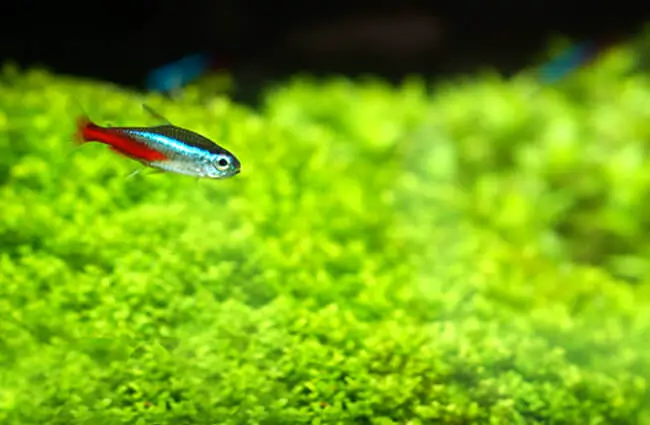
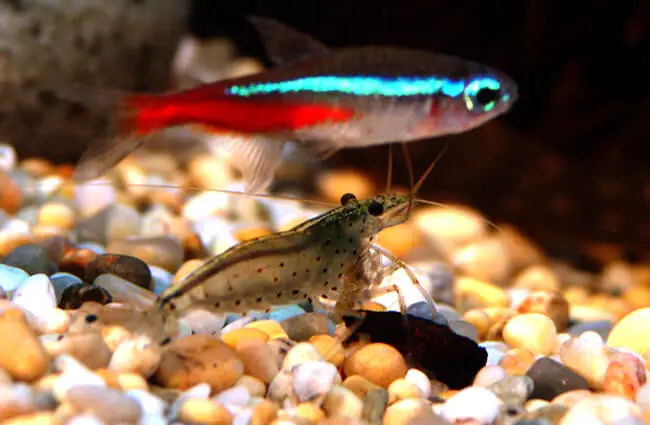

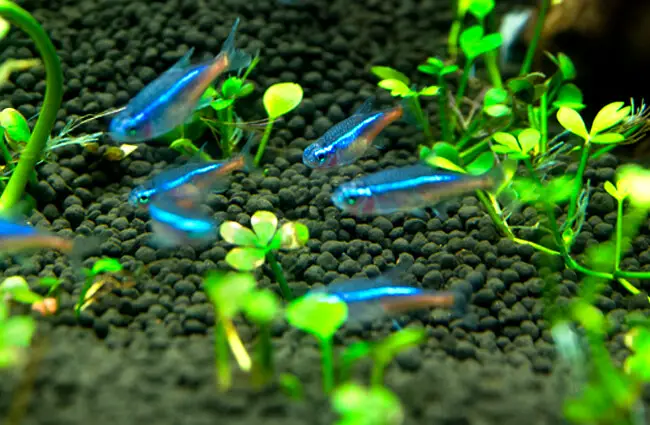
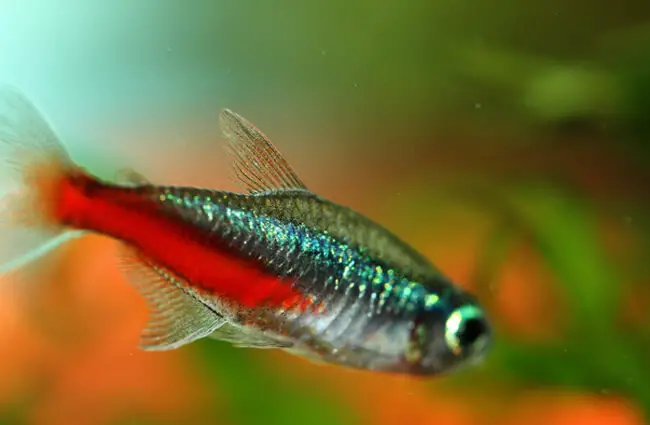
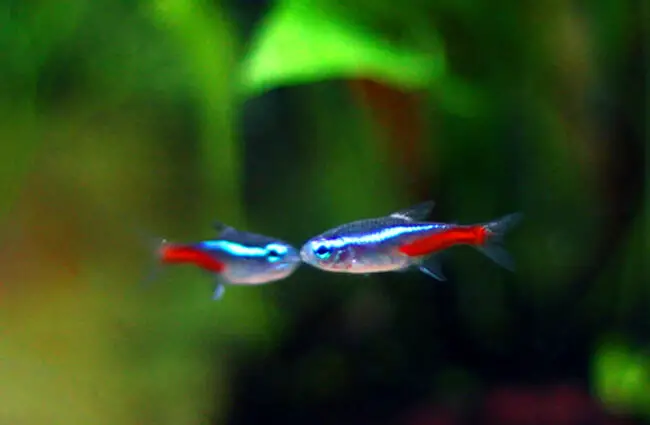
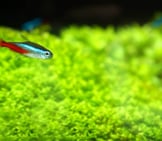
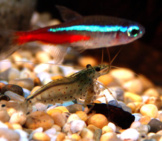

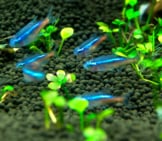
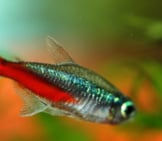

![Red Angus Closeup of a beautiful Red Angus cowPhoto by: U.S. Department of Agriculture [pubic domain]https://creativecommons.org/licenses/by/2.0/](https://animals.net/wp-content/uploads/2020/03/Red-Angus-4-238x178.jpg)












![Red Angus Closeup of a beautiful Red Angus cowPhoto by: U.S. Department of Agriculture [pubic domain]https://creativecommons.org/licenses/by/2.0/](https://animals.net/wp-content/uploads/2020/03/Red-Angus-4-100x75.jpg)

